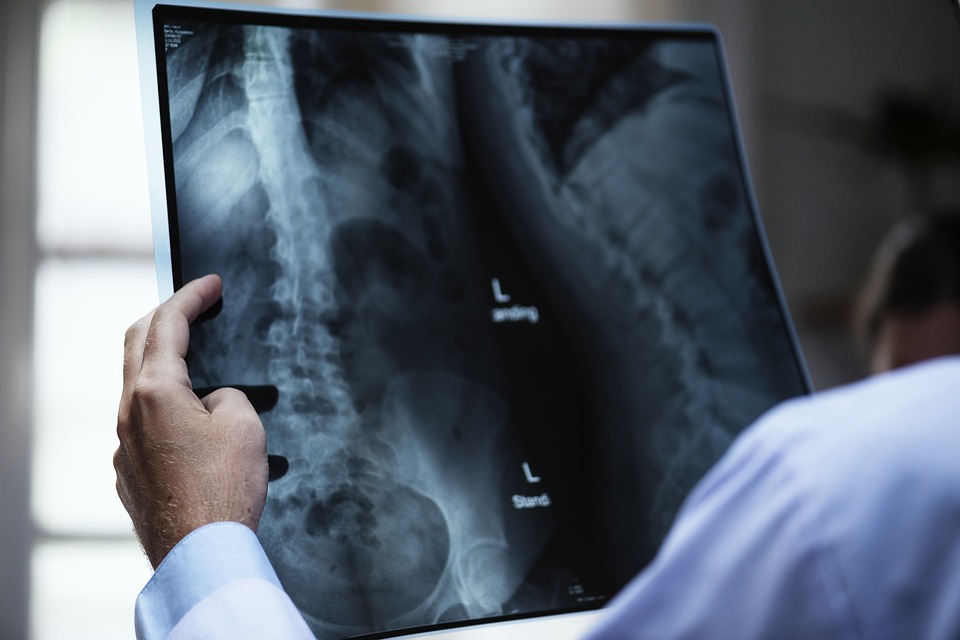“I’ve heard that Chiropractors treat spinal subluxations. What does that mean?”

Chiropractic was originally founded with the basic idea that a person’s body is designed to heal itself if things are functioning properly. Problems can result in that capacity to heal (from physical, mental, or chemical causes originally described by Palmer.
Palmer said that spinal subluxations interfere with the body’s ability to heal/function properly.
This was a long time ago.
We have learned a lot over the last 120+ years since DD Palmer first theorized what was happening in spinal problems that he called subluxations.
The term subluxation in all reality is not really a great term for describing spinal problems. Still it has a long history of being used in the chiropractic profession, so it’s important to more clearly define what chiropractors find in the spine when they evaluate someone, what it means, and what an adjustment does to change it.
What is a spinal subluxation really?
The best evidence shows that the mechanical, movement based problems in the spine that are found by Chiropractors are actually a central segmental motor control problem.
This means that the brain is not controlling the movement pattern of the spine appropriately.
This change in proper movement alters the spine to brain communication resulting in changes in the brain. Since the nervous system changes the strength of connections to when those connections are fired or used. This is called “neuroplasticity.” A big word that means the nervous system changes with activity.
This creates a self perpetuating, viscous cycle that makes it harder for the brain to control the spine’s movement.
The abnormal movement pattern changes the stretch on the muscle.
This changes the input into the brain called proprioception which is telling our brain where we are in space. This sense is how if you close your eyes you should be able to tell where your body parts are in space.
This change in the information sent to the brain changes how the brain controls the area (among other things). This is because the brain needs this information to properly control the spine’s movement.
If the brain doesn’t receive the accurate or the amount of information it needs, it is less aware of what is going on in the spine and everywhere else essentially. The everywhere else part is important as the brain relies upon this information not just for knowing where our body is in space.
Given all this complicated description, it’s no wonder Chiropractors continue using the historical term, subluxation, to describe these small movement based problems.
How does a Chiropractor find these spinal problems?
Putting it very simply, a Chiropractor through a variety of means evaluates the problem and may identify these abnormal movement patterns which at least historically and often even today can be referred to as subluxations.
One of the ways that is commonly used would be through palpation of the joint and joint movement at each level in the spine (as we’re only talking about the spine here even though chiropractors do not only evaluate and treat the spine).
Once the small motor control problem* is identified, the Chiropractor may use an adjustment to help restore the movement pattern through both local and central mechanisms.
*These may be small in the sense of a loss of normal movement between 2 vertebrae, but the resultant problems and symptoms may not be small at all. They can be related to a lot of more serious problems including what can be severe pain and difficulty moving. The effects can go beyond this as well due to some more complex things that are beyond the scope of this article.
In other blog posts, We’ll cover a little more on what happens locally and suprasegmentally/centrally to restore the proper control.
 Protected by Patchstack
Protected by Patchstack
Leave a Reply